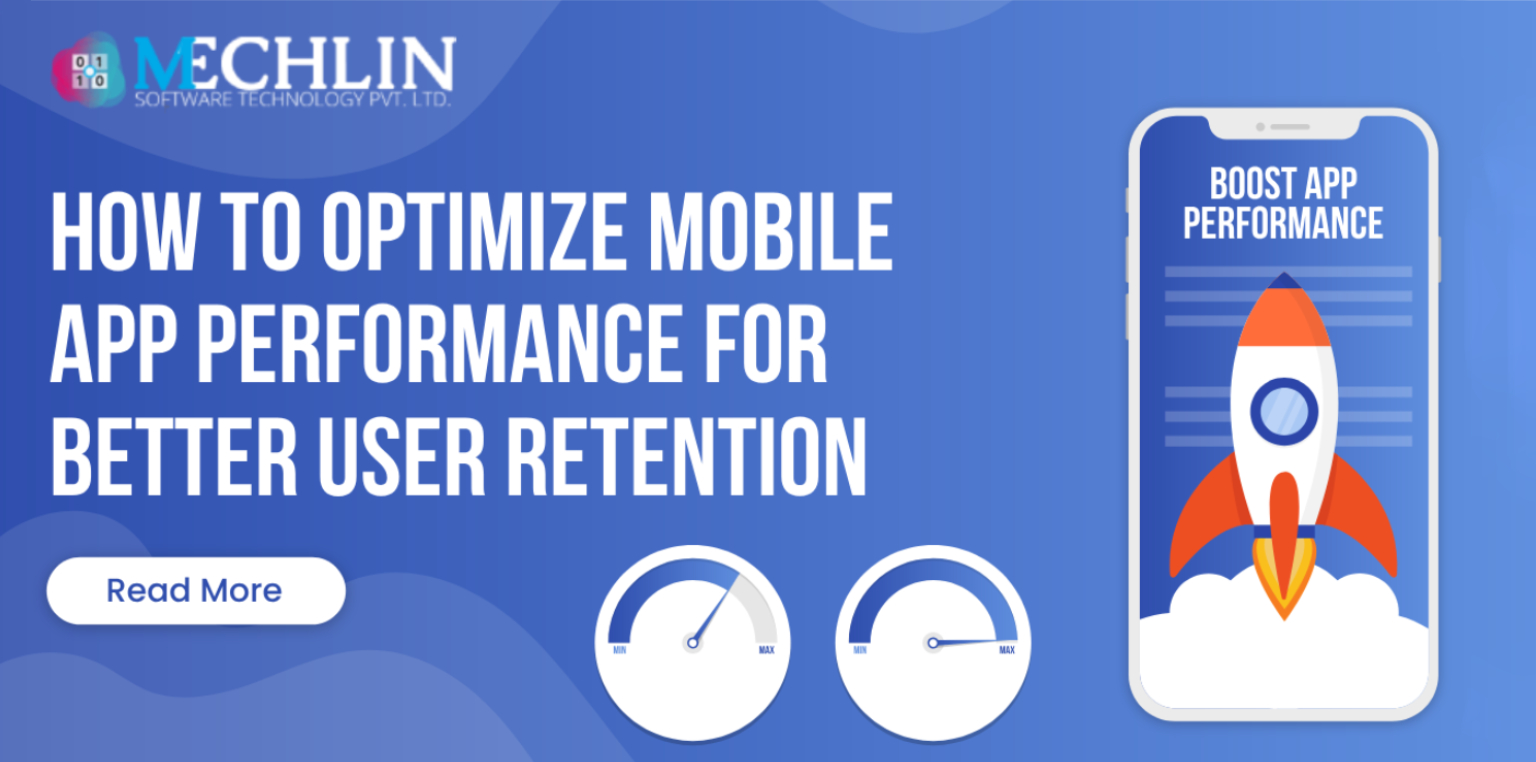How to Optimize Mobile App Performance for Better User Retention
In the dynamic world of mobile app development, where user expectations are continually evolving, ensuring optimal app performance is paramount. The speed, responsiveness, and overall efficiency of your mobile app have a direct impact on user satisfaction and, consequently, user retention. In this comprehensive guide, we’ll explore proven strategies and best practices to optimize mobile app performance, fostering a positive user experience and elevating user retention rates.
The Crucial Role of Performance in User Retention
Before delving into optimization techniques, it’s essential to grasp the profound impact that app performance has on user retention. Modern users demand instant access to information, seamless navigation, and responsive interactions. Research consistently shows that users are quick to abandon slow or unresponsive apps, highlighting the critical role performance plays in retaining users.
1. Optimizing Loading Times: The Need for Speed
Image Compression
Large image files can significantly contribute to slow loading times. Implement image compression techniques to reduce file sizes without compromising visual quality. This ensures quicker loading and a smoother user experience.
Lazy Loading
Enhance initial app loading times by adopting lazy loading. This technique allows non-essential content to load dynamically, ensuring that users can access core features without extended waiting periods.
2. Efficient Resource Management
Memory Management
Streamline memory usage by identifying and rectifying memory leaks. Effective memory management contributes to a more stable app that performs optimally across various devices.
Background Processes
Minimize resource usage during background processes. This not only conserves device resources, including battery life but also ensures that foreground tasks receive the necessary attention.
3. Effective Caching Strategies
Content Caching
Implement content caching to store static content locally. This reduces the need for repeated data fetching from the server, contributing to faster load times, particularly for frequently accessed information.
Data Prefetching
Strategically prefetch data to enhance the user experience and reduce perceived loading times. By anticipating user interactions, you can fetch and cache data in the background, ensuring it’s readily available when needed.
4. Minimizing Network Requests
Data Bundling
Bundle network requests to reduce latency and optimize data transfer. This approach is particularly effective in scenarios where multiple requests are required to load different components of the app.
Offline Functionality
Enhance the user experience by implementing offline functionality wherever applicable. Allow users to access certain features or content even without an active internet connection, ensuring uninterrupted usage.
5. Responsive UI/UX Design
Asynchronous UI Rendering
Implement asynchronous rendering to ensure a responsive user interface even during resource-intensive operations. Users appreciate apps that remain responsive, allowing them to interact seamlessly.
Prioritize Above-the-Fold Content
Load essential content first to give users the perception of a faster app. Prioritizing the display of crucial information above the fold enhances the initial user experience and engagement.
6. Battery Consumption Optimization
Background Processes
Limit background processes that may drain device battery life. Efficiently managing background tasks contributes to a more energy-efficient app, positively impacting both performance and user device battery.
Energy-Efficient Animations
Opt for energy-efficient animation techniques to enhance the user experience without compromising battery performance. Smooth animations contribute to a visually appealing app without overburdening the device.
7. Continuous Testing and Performance Monitoring
Automated Testing
Implement automated testing tools to identify performance bottlenecks during the development phase. Automated tests help catch potential issues early in the development process.
Real-time Monitoring
Utilize real-time monitoring tools to track app performance in production. This proactive approach allows you to identify and address performance issues promptly, ensuring a consistently high level of service.
8. Device Compatibility and Fragmentation
Device Testing
Regularly test your app on a variety of devices to ensure compatibility across different screen sizes, resolutions, and operating systems. Addressing device-specific issues contributes to a more inclusive user experience.
Version Support
Consider the support and optimization of the app across different Android and iOS versions. Keeping up with the latest OS updates and optimizing your app accordingly ensures compatibility with the majority of users.
9. User Feedback Integration
Feedback Loops
Encourage users to provide feedback on performance issues directly within the app. Creating feedback loops allows you to gather valuable insights from your user base and address specific pain points.
App Version Analytics
Analyze user behavior on different app versions to identify trends and potential performance concerns. By understanding how users interact with specific versions, you can make data-driven decisions for future updates.
10. Updates and Iterative Enhancements
Regular Updates
Schedule regular updates to address performance issues and introduce new optimizations. Keeping your app up-to-date not only improves performance but also demonstrates a commitment to ongoing improvement.
Iterative Development
Embrace an iterative development approach, continually refining performance based on user feedback and industry best practices. Regularly assess your app’s performance, listen to user feedback, and iterate on optimizations to create an app that exceeds user expectations.
Conclusion: The Path to User Satisfaction and Long-Term Success
In a competitive mobile app landscape, optimizing performance is a continuous journey rather than a one-time task. By prioritizing speed, efficiency, and a responsive user interface, you lay the foundation for enhanced user retention. Regularly assess your app’s performance, listen to user feedback, and iterate on optimizations to create an app that not only meets but exceeds user expectations. Remember, a performant app is a key driver of user satisfaction, loyalty, and the long-term success of your mobile application.
As you embark on the journey of optimizing mobile app performance, consider it an ongoing commitment to delivering excellence in user experience. By adopting these strategies and staying attuned to emerging trends, you position your app as a reliable, efficient, and user-friendly solution in an ever-evolving digital landscape. Ready to elevate your mobile app’s performance? Explore Mechlin Tech’s expertise in cutting-edge app development and optimization. Visit www.mechlintech.com for innovative solutions that make your app stand out in a crowded digital landscape. Your users deserve nothing but the best — deliver excellence with Mechlin Tech.


